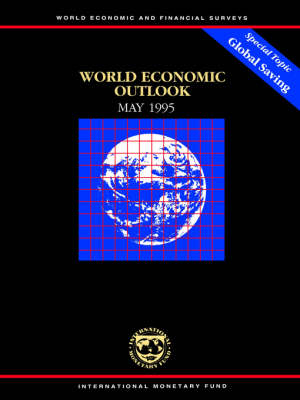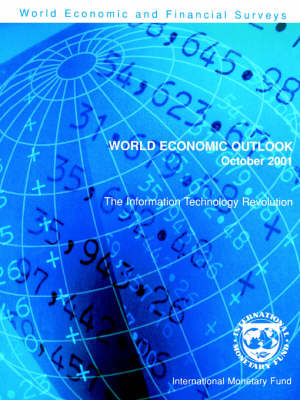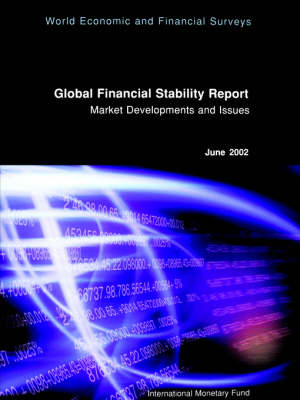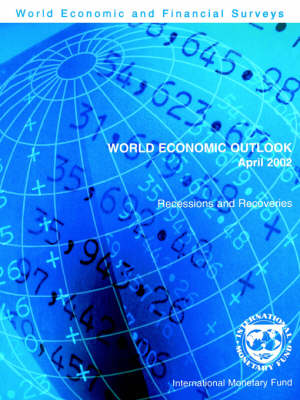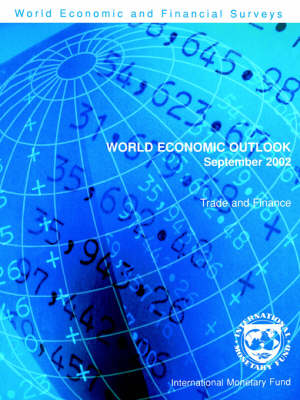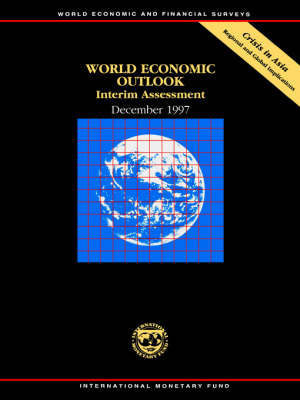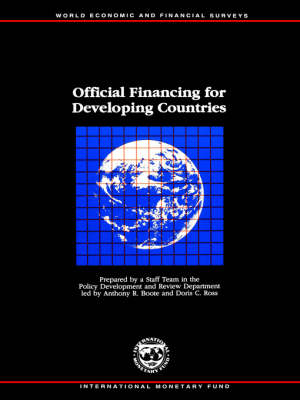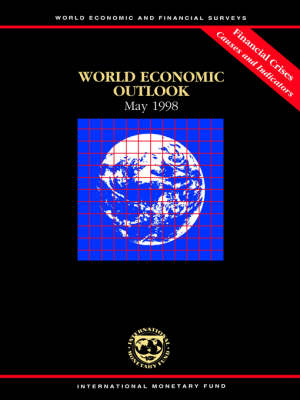World Economic & Financial Surveys
11 total works
World Economic Outlook May 1995 A Survey by the Staff of the International Monetary Fund
by International Monetary Fund
World Economic Outlook December 2001 - the World After September 11
by International Monetary Fund
World Economic Outlook October 2001 - The Information Technology Revolution
by International Monetary Fund
World Economic Outlook April 2002 - Recessions and Recoveries
by International Monetary Fund
World Economic Outlook September 2002 - Trade and Finance
by International Monetary Fund
Official Financing for Developing Countries
by International Monetary Fund


